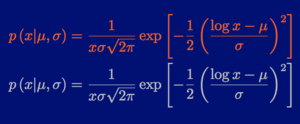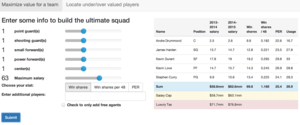Outside a train rumbles by
September 9, 2016
"The Fourth Industrial Revolution is being driven by a staggering range of new technologies that are blurring the boundaries between people, the internet and the physical world. It's a convergence of the digital, physical and biological spheres." --Fulvia Montresor, Director of the World Economic Forum, 2016
Did you notice whenever an L train (part of Chicago's public transit system) rumbles by our office, a little train rumbles by in the footer of our web page? Well, now you know: it's almost like you're in our office.
Why would we do such a thing? Mostly for fun, and we've got a soft spot for the train because every one of our four offices so far has been adjacent to a purple line train. But also, it's an example of one of the important changes happening that gets us excited about the future of technology and data science in particular: the blurring boundary between the digital and physical worlds.
The initial rise of data science was mostly driven by "digital footprints" -- basically, data created by people using digital things. Along the way, a lot of useful applications grew not just from log files and databases but "unstructured data" -- basically, data created by people writing things in natural language. Now, we're seeing another slew of projects not only from "digital footprints" and "unstructured data" but "sensor traces", basically -- data created by physical things such as cars, homes, and even ourselves.
We're excited about this blurring boundary because it opens up a universe of the most exciting type of data science opportunities: the type where there is an important problem, previously only approached with qualitative reasoning, that can suddenly be approached scientifically (quantitatively). But these opportunities with the IoT are deceptively ambiguous: the ability to execute often lags our imagination.
The general IoT strategy that we've seen so far in the wild is something like this:

It's an unfortunate reality that organizations spend too much time and money planning and developing IoT infrastructure only to realize retrospectively the opportunity they were pursuing wasn't well formulated.
So, what's a better way? Approach the problem like an entrepreneur or a designer. With ambiguous opportunities (like those that come along with the IoT), planning and infrastructure development are less important. Why invest in a plan that will be obsolete? Make iteration cycles fast and less expensive by starting with quick, low-fidelity prototypes while the opportunities are still ambiguous. Only transition to higher-fidelity prototypes and production infrastructure as you start to see where the real value lies. In our experience, it's the only way to avoid costly IoT mistakes.










